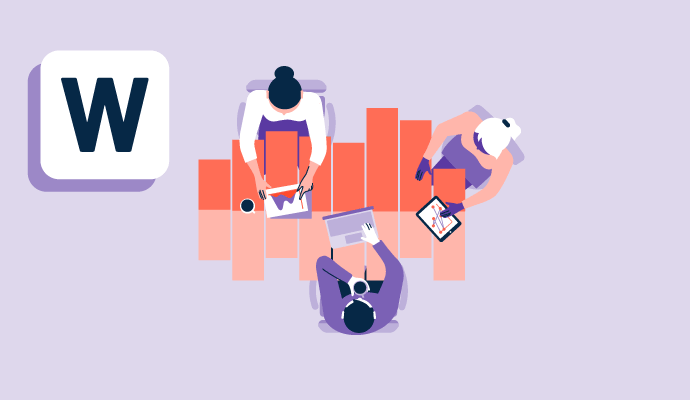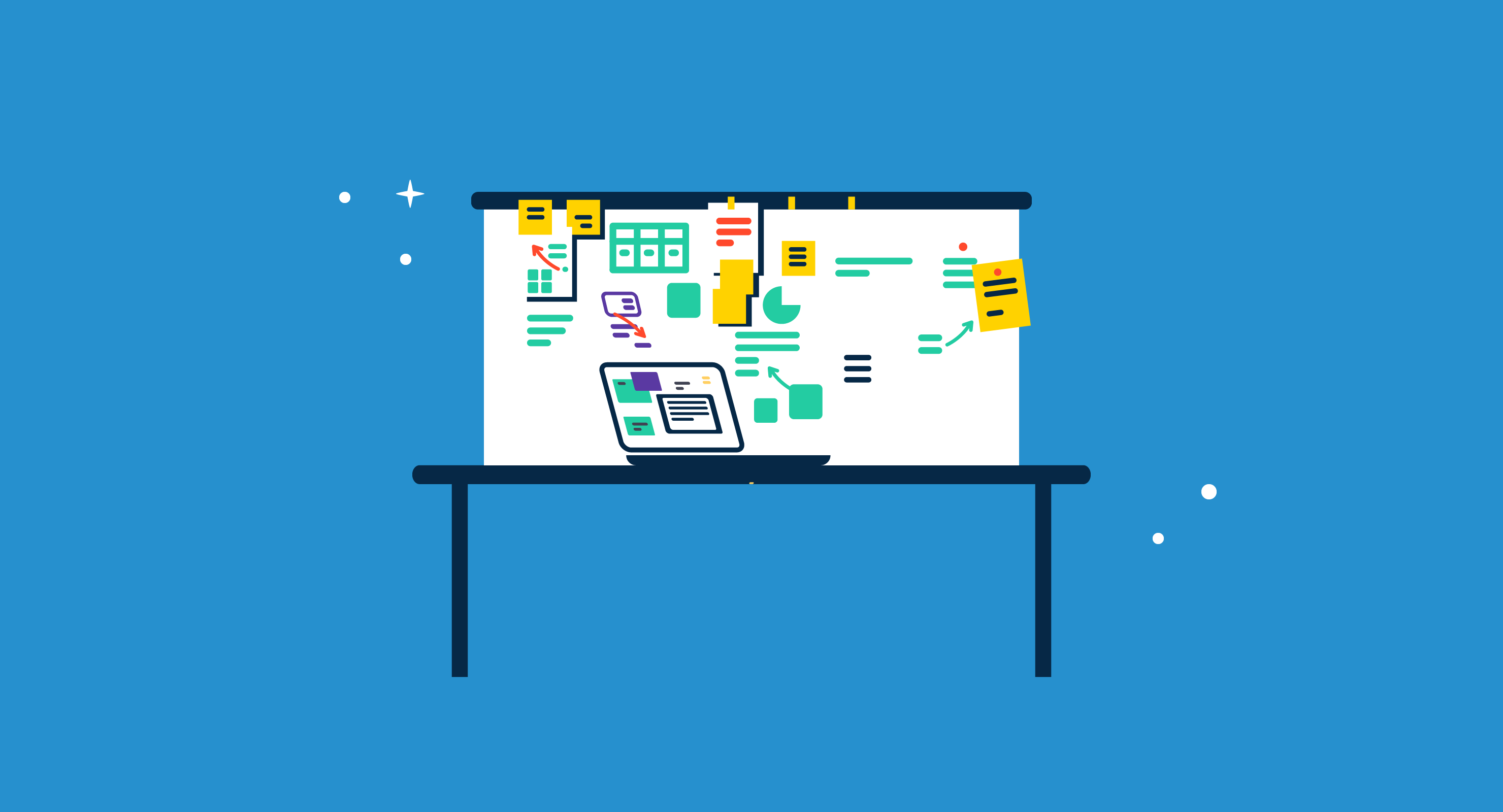What is workforce analytics?
Workforce analytics measure the behaviors of candidates and employees. This data is used to improve business performance and make better workforce-related decisions. Organizations commonly use workforce management software to create reports based on this employee data.
This type of analytics focuses on recruitment, training and development, staffing, and compensation and benefits. Not only does it include on-site employees, but also remote workers, freelancers, consultants, and gig workers.
Types of workforce analytics
Different types of workforce analytics can provide an organization with insights into their employees or customers, such as:
- Employee engagement: Many organizations focus on employee engagement to keep their team committed to their role and feeling productive. Doing so keeps morale up and helps companies assess how effective management is. Data that shows employees are engaged and excited to come into work tells an organization they’re on the right track and have strong leadership.
- Absences: Looking at employee data around absences and time off helps HR professionals know more about company culture. Absenteeism around holidays and long weekends is normal, but if employees are frequently taking time off, data that highlights this can pinpoint which teams have an attendance problem and how it affects the organization.
- Training: Having access to reports and data on how effective training and development is helps HR teams plan, develop, and alter how training is done in the future. This data can also provide insights into employees' productivity and areas of improvement.
- Employee turnover: Data surrounding churn rate, or employee turnover, can reveal a lot about the health of an organization. Keeping an eye on when turnover is high versus when it’s low lets managers know when to check in with their employees.
Benefits of workforce analytics
Organizations can take advantage of certain benefits when they have workforce analytics to reference at a moment’s notice. Some of these advantages are:
- Hire smarter. HR professionals can predict and prioritize hiring needs ahead of time, meaning open roles are filled faster.
- Predict turnover. Analytics can help companies anticipate when employees are likely to quit their job by understanding labor forecasting.
- Improve onboarding and offboarding. Data can spotlight areas within the employee onboarding and offboarding process that need to be adjusted or reworked to give a new hire the best chance of success.
- Build better teams. Creating high-functioning and top-performing teams is easy when managers have workforce analytics to reference at any time.
- Test policies. From paid time off to disciplinary actions, workforce analytics can uncover which employee policies are effective and which ones aren’t.
Basic elements of workforce analytics
Specific areas within an organization can use workforce analytics to spot trends and monitor employees' workflow. The basic elements of workforce analytics include:
- Recruitment: This data can be used to search resumes for specific keywords, carry out background checks, inspect a candidate's social media, or search for top talent already within an organization. Workforce analytics also reduces recruitment costs by automating tasks.
- Retention: Workforce analytics can monitor and fix compensation rates for over-performing employees who have not yet been acknowledged for their hard work. This data is also ideal for monitoring and flagging employees who may want to leave the organization.
- Employee experience: This entails everything from the moment a candidate begins interacting with an organization until they leave. A positive experience can result in more productive and engaged employees who stay at a company long-term. Employee pulse surveys and performance reviews are all part of workforce analytics and help gauge these metrics.
- Employee performance: Employee data can create performance benchmarks and track an individual’s future potential to ensure they have the support they need. It can also identify gaps in employee training. Finally, this data can assist in succession planning for high-forming employees within the organization.
- Employee absenteeism: Workforce analytics include metrics on regular shift scheduling and missed days. Data can reveal employees with absenteeism issues, which could be affecting business outcomes, morale, and productivity.
Workforce analytics vs. HR analytics
It’s common for workforce and HR analytics to be confused for the same data type, but there are key differences.
Workforce analytics is usually associated with talent management and focuses on analyzing employee or people data during the hiring and firing stages. HR analytics typically measures the impact of HR metrics and ratios pertaining to the workforce, like retention rate, offer acceptance rate, and cost per hire.

Mara Calvello
Mara Calvello is a Content and Communications Manager at G2. She received her Bachelor of Arts degree from Elmhurst College (now Elmhurst University). Mara writes customer marketing content, while also focusing on social media and communications for G2. She previously wrote content to support our G2 Tea newsletter, as well as categories on artificial intelligence, natural language understanding (NLU), AI code generation, synthetic data, and more. In her spare time, she's out exploring with her rescue dog Zeke or enjoying a good book.




















